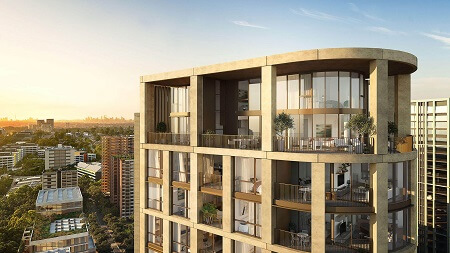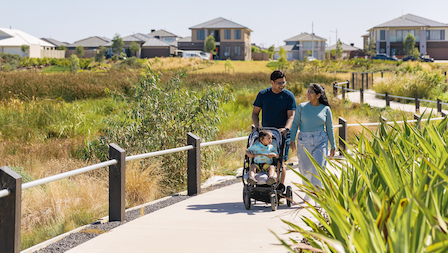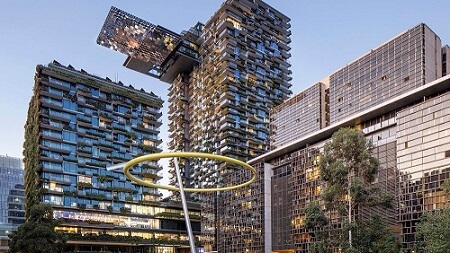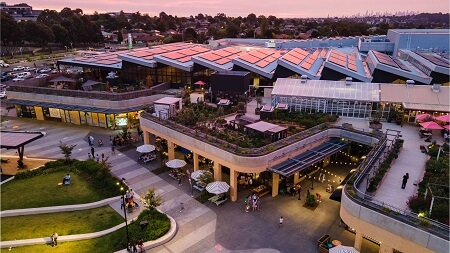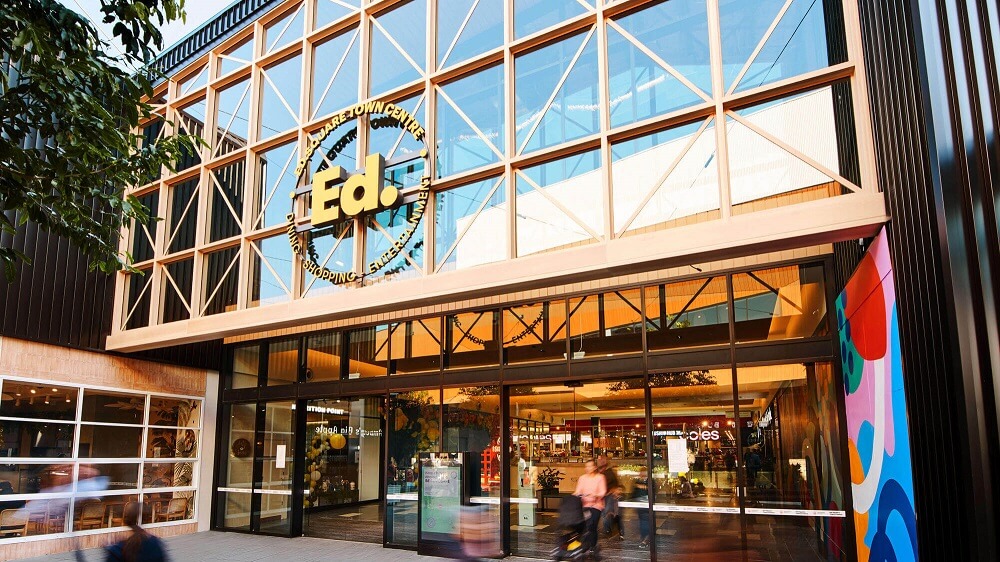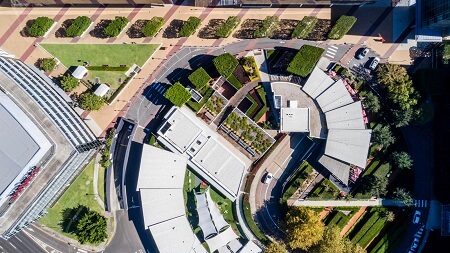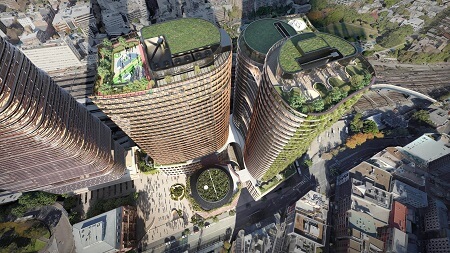When did owning a home become the Great Australian Dream?
It’s long been a storied dream for Australians to own their own home, from the glory days of the quarter-acre block to securing a slice of the urban sprawl.
Despite the rise of property prices and economic ebbs and flows, the allure of home ownership remains strong in the nation’s psyche.
“Australians are property obsessed,” says Frasers Property Australia CEO Cameron Leggatt.
“If people aren’t in the market, they feel nervous and anxious about it. Talking about property is almost our national pastime.”
Consumer sentiment still favours buying over renting, even in a competitive and challenging market, viewed as an investment in the future.
While the quintessential dream home has changed over time, the dream of owning a home remains the same.
“At its core, the dream is about owning your own piece of Australia. It’s about knowing you’ve got a sense of security, that you’ve made it,” says Leggatt.
“That you can provide for your family, that you’re on that ladder of opportunity that owning a home affords you.”
How the Aussie home has changed over the decades
The vision of a ‘family house’ truly took hold almost a century ago, just after the First World War, driven by a flurry of development across the country.
Today’s first home buyers have embraced more diverse and affordable housing options to enter the market, such as townhouses and apartments, or moved further out to secure a piece of land.

For the last 100 years, Frasers Property Australia has helped shape the nation’s housing landscape. The Aussie home has formed and reformed in line with changing times, reflecting the needs and demands of the housing market.
Throughout it all, everyday Australians have remained loyal to the dream of owning their own property – through wars and economic crises to periods of great growth.
Jazz Age and the Depression
After the First World War, the Australian property market enjoyed a boost as returning soldiers sought to build a family and place their roots in new and expanding suburbs.
Cars took over the roads and cinemas flourished as the modern era marked a newfound zest for life.
However, the golden years of the 1920s literally came crashing down with the stock market in 1929, plunging the world into the Great Depression.
Unemployment hit new highs, and Australians struggled to hold onto property. With another war looming, cheering for icons like Don Bradman fuelled the nation’s love of sport – and cricket-friendly backyards and neighbourhood streets.
Another war and golden age
The Second World War saw intense rationing and more than a million Australians serving overseas, but the post-war period delivered the nation a post-war boom in construction.
Australia created new towns and suburbs in the 1940s to cater to migrants welcomed from Britain and Europe.
With employment easy to find in the 1950s, buying a quarter-acre block became the hallmark of the Great Australian Dream, as did car ownership.
Continued post-war migration created a multicultural society and lifted Australia’s population past the 10 million mark, along with the famous post-war ‘baby boom’.

Socially conscious Sixties and Seventies
The values and views of Australians varied dramatically in the 1960s, with prevalent social issues such as the Vietnam War, calls for gender equality, and rights for First Nations people dominating the landscape.
Grown-up Boomers were looking for more modern housing. Walk-up apartments knowns as “six-packs” abounded, and mid-century homes flourished.
Marked by cultural upheaval, the 1970s saw massive reforms from the Whitlam government. First Nations land rights were established and significant regional development took place. The post-war economic boom crashed in the mid-1970s.
Eighties extravagance and tech evolution
The era of living large, new markets from Asia and a booming economy saw “McMansions” fill the suburbs.
Others invested in townhouse living, enjoying the city lifestyle. Everything changed after the stock market crash of 1987, plunging Australian into recession across the late Eighties.
With mobile phones, home computers, and the Internet entering daily life, society began to transform in the Nineties. Privatisation of banks, utilities, and telecommunications took place.
The late 1990s saw Australia recovering from recession, and a housing boom begin to kick off.
A new millennium
The Sydney Olympics kicked off the new era in 2000. Mining and resources boomed in parts of Australia and homes catered to large entertainment areas full of tech.
The Internet and social media emerged, both of which amplified Australia’s property obsession with more ways to engage with the housing market than ever before.
Climate change saw sustainability increasingly addressed in home design and developments, with innovation rising to meet the issues.

Pandemic disruption
In 2020, the Covid pandemic redefined the needs of a modern home, with lockdowns leading to work-from-home solutions overnight.
Lifestyle has been a keyword for homeowners and buyers since then, with community connection, health and wellbeing also high on the list of priorities.
Recognising these needs in a fast-evolving world, Frasers Property Australia focuses on people-centric urban design in welcoming locales, investing in community development initiatives to ensure their neighbourhoods facilitate connection.
The future of home ownership
Successfully embracing a diverse property landscape means looking beyond habits of the past.
Australians want a fulfilling life experience – and today’s home buyers are looking for an affordable entry point with proximity to work, nature and lifestyle amenities.

The issue of housing affordability – affected by factors such as rising inflation and interest rates, post-pandemic housing demand and population growth – has left many worrying about the viability of ever getting into their own home.
“The Great Australian dream isn’t dead, it’s just different,” Leggatt says.
“[Housing affordability] is something that’s debated from living rooms to boardrooms and at every level of government on a daily basis.
“Because there are so many contributing factors, it’s become a wicked problem that’s not easy to resolve.”
Originally published as ‘When did owning a home become the Great Australian Dream?’.
See more articles on


